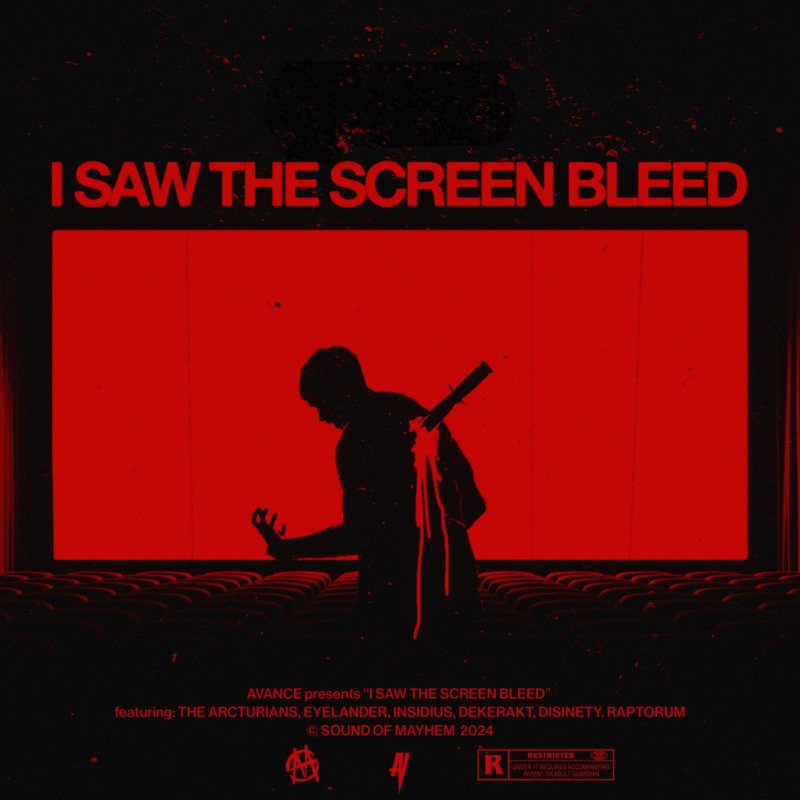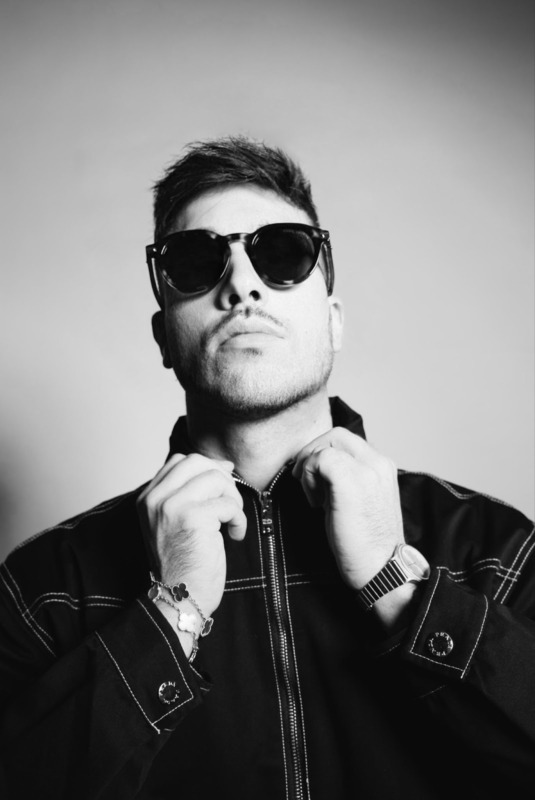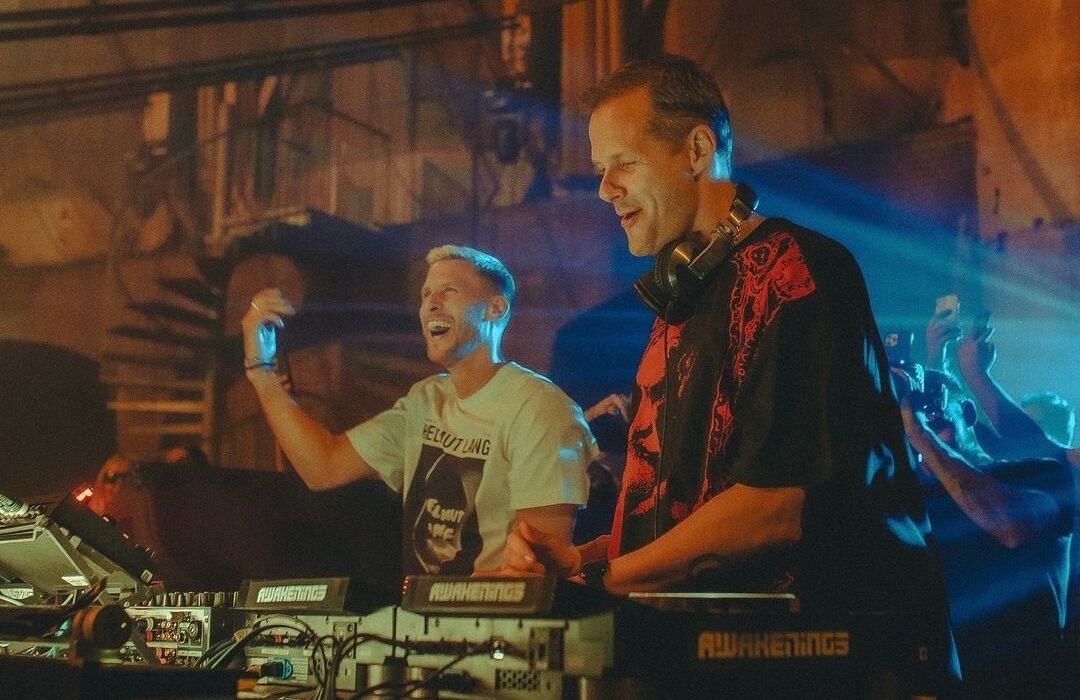The first thing you need to know about electronic dance music is that it’s not going to change any time soon. DJs are constantly evolving their styles and sound, taking what they love and pushing it to the next level. The best way to get the best from your DJing repertoire is to have some knowledge of the trends that will be prominent this year. Here are the top 4 electronic dance music qualities that will be prominent in the best music of the year.
Drum programming has always been one of the most important things to nail down a good beat. This is why it’s been one of the main focuses of countless producers for years. New technology and new ways of working with hardware have brought some amazing effects to this genre of electronic dance music. If you want to create some of the best sounds on the market, then a deep knowledge of this technology is critical.
With more modern equipment becoming available, professional electronic dance music producers are able to create sounds with almost any setup and mixer that they want. The ability to produce killer bass lines, insane drum programming and everything in between is now possible. In fact, with the help of new software, today’s producers are able to produce sounds that far surpass what a DJ might be able to do two decades ago.
Bass music has always been a mainstay in electronic dance music. This makes sense, since it’s the driving factor behind most of the other music that is played at clubs. It sets the tone and creates the foundation for many other songs and beats. It’s also one of the most consistent and reliable sounds out there. As technology continues to advance, the quality of bass will only get better.
One of the biggest trends that we’ve noticed over the past few years has been the rise of ‘trap’ as an electronic dance music genre. Trap music is typically faster paced and has a very distinctive sound to it. It’s usually characterized by thick, heavy bass lines and a lot of other rhythmic elements that really drive the music. It’s by far one of the most popular genres in electronic dance music.
One of the newer and more prominent artists to break into the electronic dance music scene was Martin Garrix and his band-mates from the break-up-ravelling band Dream Team. They brought a fresh, dark and mysterious element to the ever-popular ‘trance’ style of dance. It was quite a statement at the time and still is to some degree. trance has since become one of the most well-liked genres within the mainstream electronic dance music scene. A big influence on the dream team was their frequent visits to the circus-style music venue Marquee.
One of the most recognizable voices in the electronic dance music scene has to be Paul McCartney and his band mate John Paul Jones. The two guys from the English pop group Oasis were also beginning to explore new sounds and went on to form the very popular groupream. Their extensive live performances, especially on the Oceania tour have been well-loved by fans worldwide.
Over the past twenty years there has also been the birth of ‘house music’, ‘house beats’, and, in some cases, ‘acid house’. While the first two of those labels may be too broad for the purpose here, it should be said that the rise of rave music, which was originally a UK sub-genre, exploded in popularity around the late eighties. It was largely the brainchild of London’s finest artist, Arthur Sykes, and quickly became the craze of every club kid on the planet. The genre owes a great deal to the drummers from the London schooled rave groups such as the Special Zones, but also has something to do with the typical high energy style of dance that comes naturally to many of the styles of music that are now becoming labeled as ‘rave’. When looking at electronic dance music, one can draw many comparisons to the early days of house music and rave. With producers like Paul McCartney and others taking the world by storm, it is likely that electronic dance music will continue to evolve and grow.


